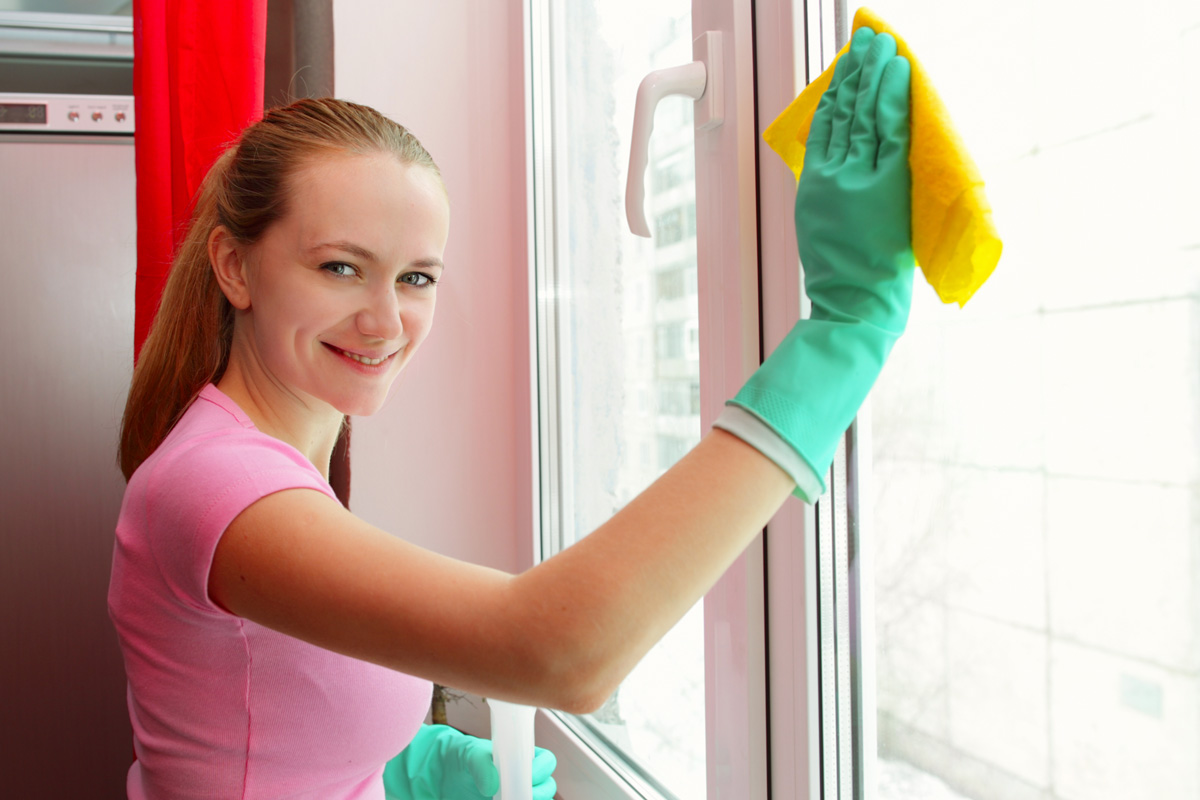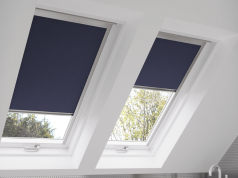Moving out of a rental property can be a stressful endeavor, with a long list of tasks to complete before handing over the keys. One crucial task is the end of tenancy cleaning, which ensures that the property is left in the best possible condition for the next tenants. Among the various cleaning tasks, tackling high-traffic areas is essential to restore the property’s appeal. Here’s a comprehensive guide on how to effectively clean and refresh these areas.
- Gather Your Cleaning Supplies: Before you dive into cleaning, gather all the necessary supplies. This may include:
- All-purpose cleaner
- Microfiber cloths
- Scrub brushes
- Baking soda
- Vinegar
- Mop and bucket
- Vacuum cleaner with attachments
- Gloves and protective gear
- Plan Your Approach: High-traffic areas include spaces that have endured significant wear and tear, such as hallways, entryways, living rooms, and kitchens. Create a cleaning plan by dividing the property into zones, focusing on one area at a time to ensure thorough cleaning.
- Dust and Vacuum: Start by dusting surfaces and vacuuming floors. Use vacuum attachments to reach corners, baseboards, and crevices. Pay attention to vents, light fixtures, and ceiling fans as dust tends to accumulate in these areas.
- Addressing Carpets and Upholstery: Carpets and upholstery can trap dirt, stains, and odors. Use a carpet cleaner or hire a professional service to deep clean carpets. For upholstered furniture, check manufacturer instructions for cleaning or use fabric-safe cleaning products.
- Walls and Baseboards: Walls and baseboards often accumulate scuff marks, fingerprints, and dust. Wipe them down with a damp microfiber cloth and a mild all-purpose cleaner. For stubborn marks, a mixture of baking soda and water can act as a gentle abrasive.
- Tackling Kitchen High-Traffic Areas: In the kitchen, focus on the stove, countertops, and appliances. Use a degreasing cleaner to remove built-up grease and grime. Empty and clean the refrigerator, oven, and microwave, both inside and out. Don’t forget to clean the sink and faucets too.
- Refreshing Bathrooms: Bathrooms endure heavy usage and require thorough cleaning. Scrub the toilet, sink, shower, and bathtub using appropriate cleaners. Remove mineral deposits and soap scum with a mixture of vinegar and water. Replace shower curtains or clean and disinfect shower doors.
- Floors: Mopping the floors is the final step in your high-traffic area cleaning. Different flooring materials require different approaches. Use a suitable cleaner and mop for hardwood, tile, laminate, or vinyl floors. Pay extra attention to corners and edges.
- Windows and Mirrors: Clean windows and mirrors using a glass cleaner or a mixture of water and vinegar. Wipe them down with lint-free cloths to avoid streaks.
- Check for Repairs: While cleaning, keep an eye out for any repairs that might be needed. Note any damages you didn’t cause during your tenancy to ensure you’re not held responsible.
- Consider Professional Help: If the property requires extensive cleaning or you’re short on time, consider hiring professional end-of-tenancy cleaners. They have the expertise and equipment to ensure a thorough and efficient cleaning process.
- Dispose of Cleaning Materials: Once you’ve completed your cleaning tasks, properly dispose of any end of tenancy cleaning london, such as wipes, cloths, and disposable gloves, in an environmentally responsible manner.
- Document Your Efforts: Take photos of the high-traffic areas before and after cleaning. This documentation can serve as evidence of your efforts to leave the property in good condition.
- Final Walk-Through: After completing the cleaning process, perform a final walk-through to ensure you haven’t missed any spots. This will give you the opportunity to make any last-minute touch-ups.
Tackling high-traffic areas during end of tenancy cleaning is a crucial step in leaving the property in excellent condition. By following these steps, you can ensure a smooth transition and leave a positive impression on both the landlord and the incoming tenants.




